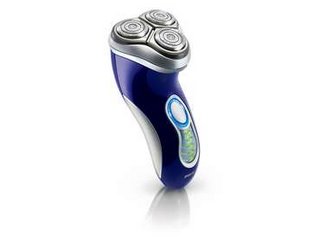There are many deceiving factors concerning the actual hard disk space that will be available to you. This is very important to consider, when purchasing a new budget-concerned computer with limited amount of hard drive space. All the examples here are based on an 80G dual-core laptop.
1) Don't confuse the binary versus the decimal method of measurements. Windows usually shows both at the same time. Manufactures use the decimal method so an 80G hard disk will result in a 76G in binary standard.
2) Formating: Some space is consumed during the formating process.
3) Nowadays all computers and laptops come with a hidden section of the hard disk used for restore purposes. You can restore back to the factory settings using this part. This will eat up some part of your hard drives, typically about 5G.
4) You need some space for the Windows folder (~4G) and program files folder (variable, consider at least 6G).
5) The actual size versus size on disk. Specially , if your laptop came formatted based on FAT32 instead of NTFS (example is my Acer laptop, which is like that, strangely). For example my program files folder is 4.3G in real size but takes 7G of my hard drive.*
6) Paging file: this depends on the system but at least consider 2G of your hard drive to be eaten up for the paging file (well, that is the price for better performance), unless you have at least 1.5G of RAM (for Vista, I assume this is going to be even way higher).**
7) Recycle bin: it is safe to consider that you will need at least 10% of your total hard drive for the recycle bin. You can adjust that easily though but still a minimum of 4G is advised.
8) System restore of the Windows itself: It can be up to 12% of your hard drive.
Considering all the above when you buy a laptop with 80G of hard disk, you may end up with an actual available space of about 55G to start with for your data.
++++++++++++++++++++++++++++
* NTFS is better than FAT in every sense. The only reason you may want to keep FAT is if you want to install more that one operating system. It is possible to easily and undestructively convert to NTFS. See:
1)
NTFS vs. FAT: Which Is Right for You?
2)
How to Convert FAT Disks to NTFS.** Read this
very good article about the paging file, if need more info.
+++++++++++++++++++++++++++++

